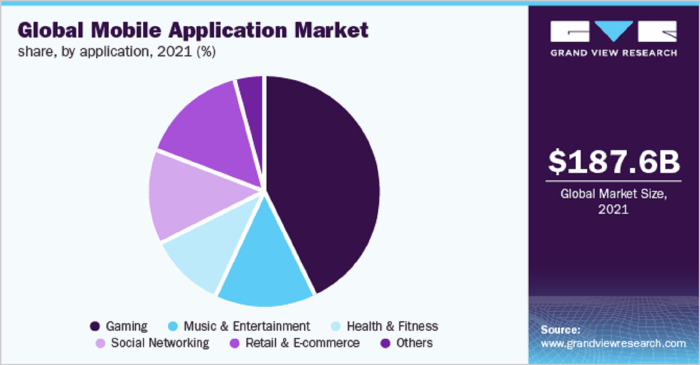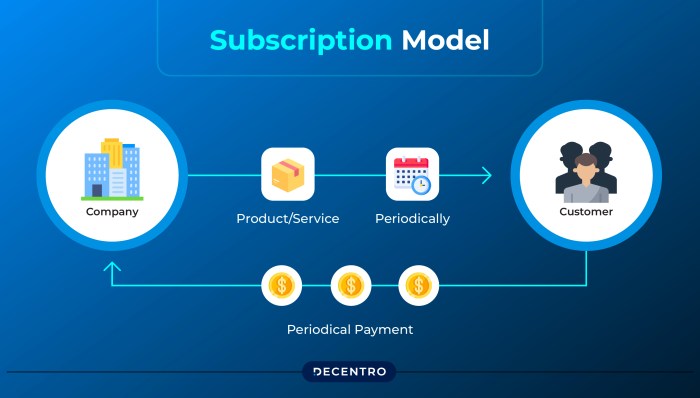Exploring the SaaS Market Analysis Landscape
Delving into SaaS market analysis, this introduction immerses readers in a unique and compelling narrative. From the definition of SaaS to the growth trends and key players, this overview sets the stage for a deep dive into the dynamic world of software as a service.
Overview of SaaS Market
SaaS, or Software as a Service, is a cloud-based software distribution model where applications are hosted by a third-party provider and made available to customers over the internet. This eliminates the need for organizations to install, maintain, and update software on individual devices.Some popular examples of SaaS products include Salesforce for customer relationship management (CRM), Microsoft Office 365 for productivity tools, and Dropbox for file storage and sharing.
Growth Trends in the SaaS Market
In recent years, the SaaS market has experienced significant growth due to its cost-effectiveness, scalability, and flexibility. According to reports, the global SaaS market is projected to reach $220.21 billion by 2022, with a compound annual growth rate (CAGR) of 13.1%.
- One of the key drivers of this growth is the increasing adoption of cloud computing technologies by businesses of all sizes.
- Another factor contributing to the expansion of the SaaS market is the shift towards remote work and the need for collaboration tools that can be accessed from anywhere.
- Furthermore, the SaaS model allows companies to quickly deploy software solutions without the need for extensive IT infrastructure, making it an attractive option for startups and small businesses.
Market Size and Revenue
In the SaaS industry, market size and revenue play a crucial role in understanding the growth and potential of the sector.
Current Market Size of the SaaS Industry
The current market size of the SaaS industry is estimated to be around $145 billion globally. This figure continues to grow as more businesses adopt cloud-based software solutions for their operations.
Comparison of Revenue Generated by SaaS Companies to Traditional Software Models
SaaS companies have been able to generate higher revenue compared to traditional software models due to their subscription-based pricing models. This allows for a more predictable and recurring revenue stream, leading to better financial stability and growth opportunities.
Projected Growth of SaaS Revenue in the Upcoming Years
The projected growth of SaaS revenue is expected to continue rising in the upcoming years. With more businesses shifting towards digital transformation and cloud-based solutions, the demand for SaaS products is anticipated to increase significantly. By 2025, the SaaS market is projected to reach over $300 billion, indicating a promising future for SaaS companies.
Key Players and Competition
In the competitive landscape of the SaaS market, several key players have emerged, each striving to innovate and capture a larger market share.
Major Players in the SaaS Market
- Salesforce: A pioneer in cloud-based software, Salesforce offers a wide range of CRM solutions.
- Microsoft Azure: Microsoft's cloud platform provides SaaS offerings in addition to infrastructure and platform services.
- Adobe Inc.: Known for its creative software suite, Adobe has expanded into SaaS with offerings like Adobe Creative Cloud.
- Oracle: With a strong presence in enterprise software, Oracle offers a variety of SaaS solutions for businesses.
Competition and Innovation in the SaaS Industry
In a highly competitive market like SaaS, companies are constantly pushing the boundaries of innovation to stay ahead of the competition. This drive for innovation leads to the development of new features, improved user experiences, and enhanced security measures in SaaS products.
Market Shares of Top SaaS Companies
- Salesforce: Holds a significant market share in the CRM software segment, with a strong presence in both small businesses and enterprises.
- Microsoft Azure: As a major player in the cloud services market, Microsoft Azure competes with other top SaaS providers in various sectors.
- Adobe Inc.: Known for its creative software, Adobe has successfully transitioned into the SaaS space, capturing market share with its Creative Cloud offerings.
- Oracle: With a focus on enterprise customers, Oracle's SaaS solutions cater to a wide range of industries, contributing to its market share.
Customer Segmentation
In the SaaS market, providers target different customer segments based on their specific needs and requirements. This segmentation helps providers tailor their solutions to meet the diverse demands of various industries and business sizes.
Industry Usage of SaaS Solutions
- Finance: Companies in the finance industry often rely on SaaS solutions for accounting, financial management, and risk assessment.
- Healthcare: Healthcare organizations use SaaS for electronic health records, patient management, and telemedicine services.
- Retail: Retailers utilize SaaS for inventory management, point-of-sale systems, and customer relationship management.
Enterprise Clients vs. Small Businesses
- Enterprise Clients: Larger companies prefer SaaS solutions that offer scalability, customization, and integration with existing systems. They prioritize security, compliance, and robust support services.
- Small Businesses: Small businesses opt for SaaS solutions that are cost-effective, easy to implement, and require minimal IT resources. They value simplicity, flexibility, and quick deployment.
Regional Analysis
When it comes to the geographical distribution of SaaS market adoption, it is essential to consider the cultural differences that influence SaaS usage in different regions. These cultural nuances can impact how businesses and individuals perceive and utilize SaaS solutions.
Geographical Distribution
The adoption of SaaS varies across different regions, with some areas embracing it more readily than others. For example, North America has traditionally been a strong market for SaaS, with many businesses in the region leveraging cloud-based solutions for their operations.
In contrast, certain regions in Asia and Africa may have slower adoption rates due to factors such as limited internet connectivity, infrastructure challenges, or cultural preferences for traditional software solutions.
Cultural Influence
- Cultural differences play a significant role in shaping the way SaaS is used in various regions. For instance, in some countries, there may be a preference for local vendors or on-premise solutions due to trust issues or regulatory concerns.
- Language barriers can also impact SaaS adoption, as some solutions may not offer language support for specific regions, making it challenging for users to fully utilize the software.
- Additionally, business practices and norms can differ greatly across cultures, influencing how organizations approach the implementation of SaaS tools and the overall success of such initiatives.
Regulatory Challenges
SaaS providers often face regulatory challenges when expanding into new markets, as each country may have different data protection laws, privacy regulations, or restrictions on cloud services. Ensuring compliance with these regulations is crucial for SaaS companies to operate legally and build trust with customers.
For example, the General Data Protection Regulation (GDPR) in Europe has had a significant impact on how SaaS providers handle user data, requiring them to implement strict measures to protect personal information and ensure transparency in data processing.
Final Conclusion

In conclusion, the SaaS market analysis offers a comprehensive look at the industry's evolution, from market size to customer segmentation and beyond. As businesses embrace cloud-based solutions, understanding the intricacies of this landscape becomes increasingly crucial for success.
FAQ Section
What is the impact of competition on innovation in the SaaS market?
Competition in the SaaS industry drives innovation as companies strive to differentiate themselves and offer unique solutions to attract customers.
Which industries extensively use SaaS solutions?
Industries such as healthcare, finance, and e-commerce are among those that extensively utilize SaaS solutions for their operations.
How do cultural differences influence SaaS usage in different regions?
Cultural differences can impact SaaS adoption rates, as preferences and practices vary across regions, influencing how businesses incorporate cloud-based software into their workflows.




